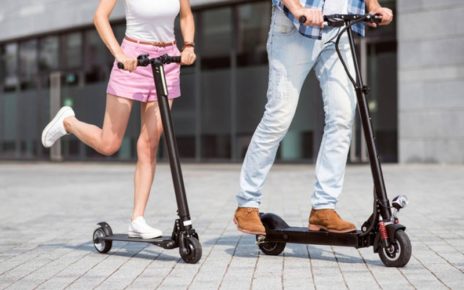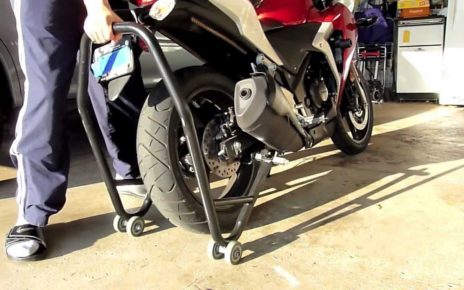They might look the same from a distance, but endurance bikes are quite different from standard road racing bikes. For a start, they feel different. Because of the way they’re designed and manufactured, endurance bikes offer the rider increased comfort. This doesn’t mean they’re only sought after by Sunday riders wanting a leisurely cycle on a sunny afternoon. They’re in demand from more serious riders who want to improve their speed and increase their distances. But instead of relying on aerodynamics, weight, or frame stiffness normally associated with standard road bikes, they’re going in another direction. They want to ride faster and longer by staying comfortable on the bike. That’s why, over the last decade or so, we’ve seen more endurance bikes on NZ roads. If you’re getting more serious about speed and distance, they’re worth checking out.
Cycling experts agree that a less aggressive and more comfortable riding position can be beneficial to both novice riders as well as more experienced ones. The thinking is that by riding an endurance bike, you’ll be more comfortable and that will help you go faster and for longer, rather than battling your bike to be able to stay in the optimum aerodynamic position for maximum speed.
Typically, all endurance bikes share three key characteristics that add up to give you a more comfortable ride:
- A more relaxed and stable geometry
- Extra air volume in larger tyres
- More frame compliance
Relaxed geometry on endurance bikes means they have a higher stack, lower bottom brackets, and longer wheelbases than road race bikes. All this combines to give you a more upright riding position that can increase comfort by relieving the pressure on your hands and sensitive organs in the saddle area and reducing strain to the lower back, shoulders, and neck. The low bottom bracket and longer wheelbase also help to make an endurance bike feel more stable underneath you, especially in comparison to road race bikes. While they are still more agile than the bikes people ride on a Sunday afternoon on a city bikeway, they’re designed with stability in mind, and this means a more relaxed ride. Less energy is expended controlling the bike and that saved energy allows for a longer ride.
The extra air volume in larger tyres provides more damping and traction on imperfect road surfaces as well as dirt and gravel tracks. Because of this, tyres on endurance bikes absorb bumps instead of you, the rider. And as for frame compliance, more vertical flex is built into key areas of the bike to reduce any shocks and vibration you may feel while riding on the road. However, lateral stiffness means you retain the pedalling efficiency you demand in any serious road bike.
At the end of the day, that’s what an endurance bike is – a serious road bike. While it is more comfortable to ride than a standard road race bike, it is still designed for long distances at sustained speed. Maybe not the out and out speed we associate with standard race bikes,but fast enough to chew up miles and miles of New Zealand roads in a perfectly respectable time.





